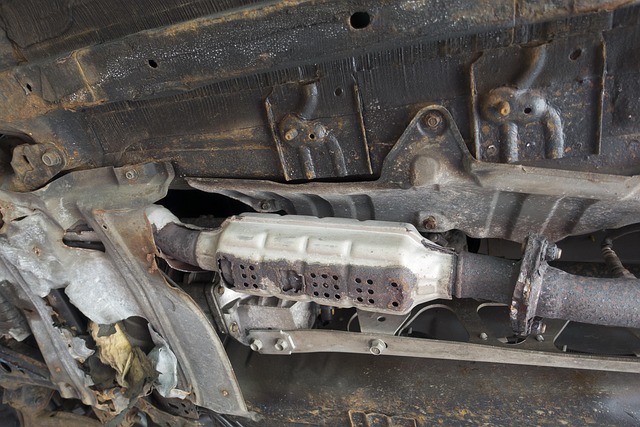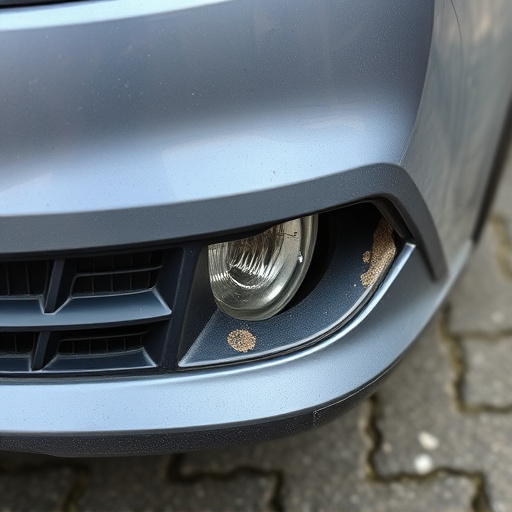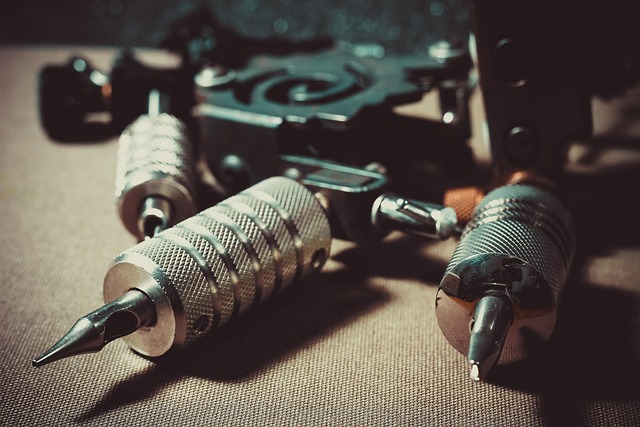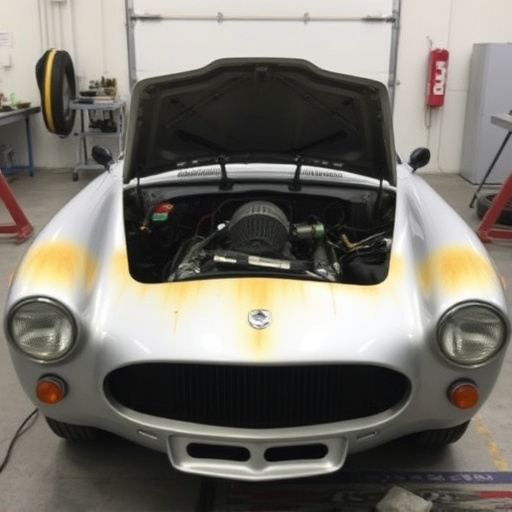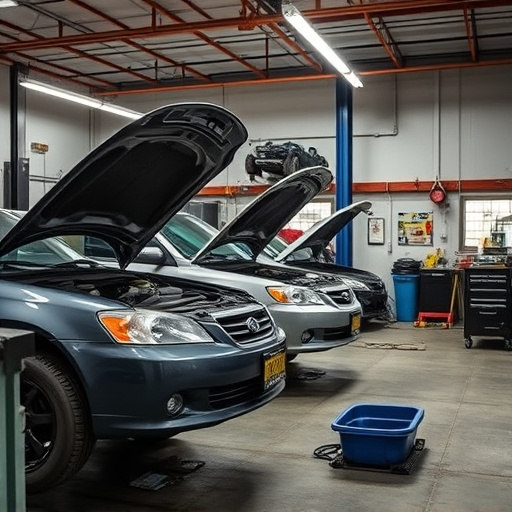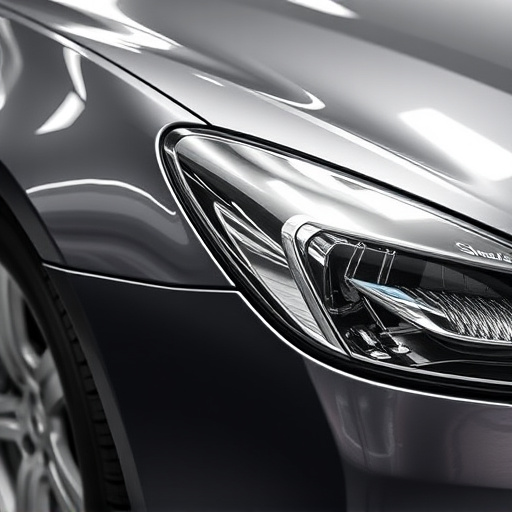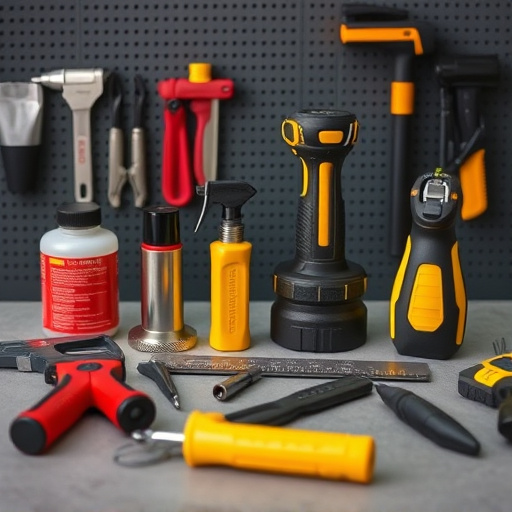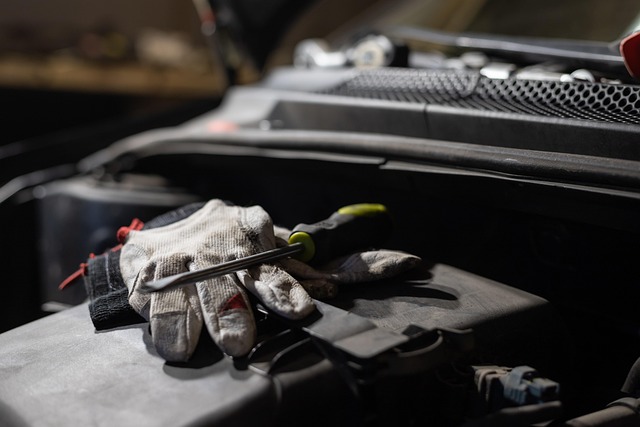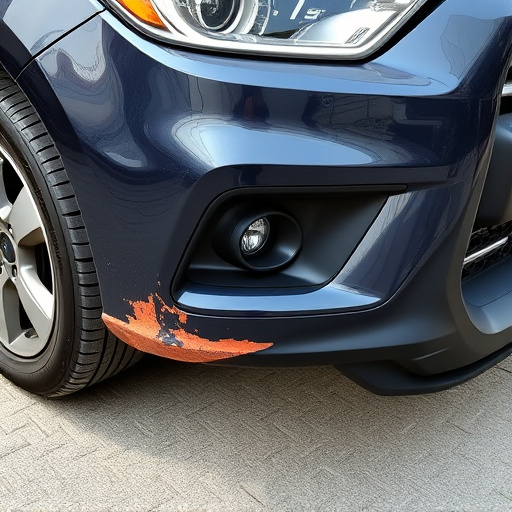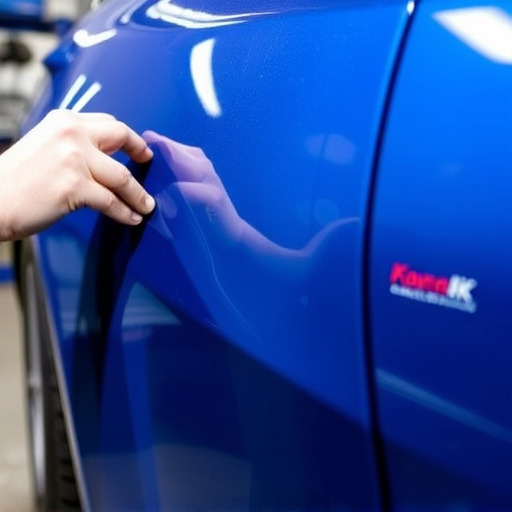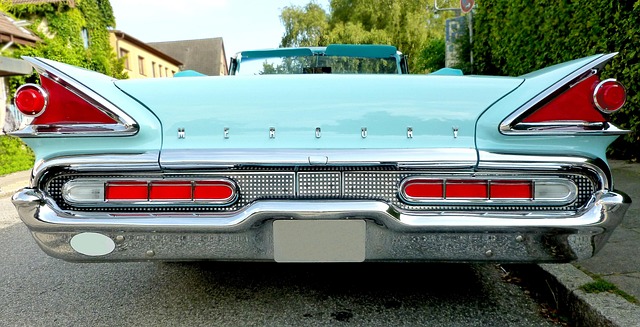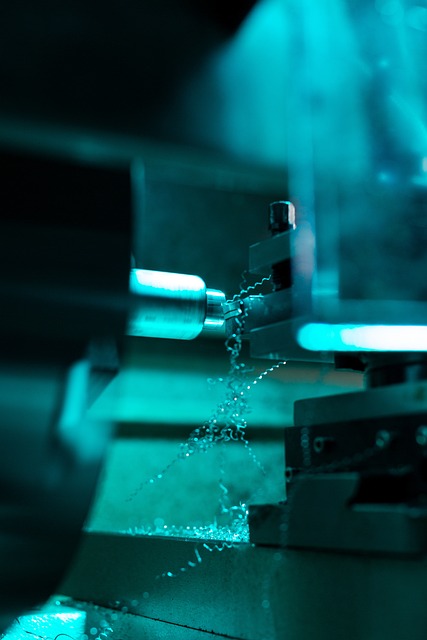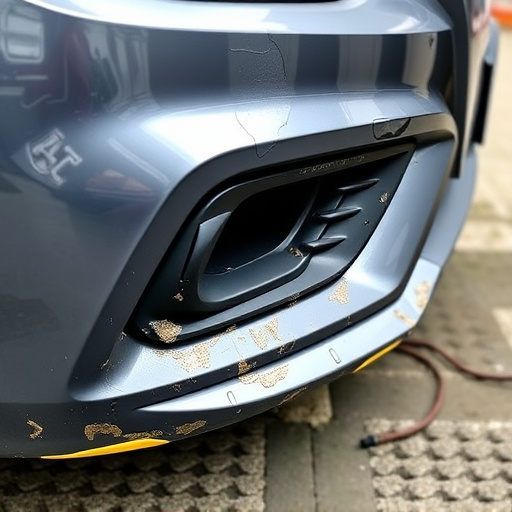Auto glass repair is a cost-effective alternative to replacing vehicle windows, saving money and waste while restoring clarity and strength. Damage extent determines whether to repair or replace; minor chips and cracks can be fixed, preserving existing glass, while severe damage requires new glass for safety and aesthetic upgrades. Auto glass replacement is preferable for extensive damages, old vehicles needing original equipment glass, or hard-to-access areas, ensuring historical integrity and improved driver visibility.
Auto glass repair is a specialized art, offering a durable solution to cracks and chips, extending vehicle lifespan. Unlike replacement, which involves complete swapping, repair focuses on restoring integrity. This comprehensive approach saves costs, retains original equipment features, and reduces environmental impact. By understanding the nuances between repair and replacement, drivers can make informed choices. From minor damages to extensive hail damage, this guide explores when auto glass repair shines and when a replacement is inevitable.
- Understanding Auto Glass Repair: A Comprehensive Approach
- The Key Differences Between Repair and Replacement
- When is Auto Glass Replacement the Better Option?
Understanding Auto Glass Repair: A Comprehensive Approach

Auto glass repair is a specialized service that involves expertly mending minor chips and cracks on vehicle windows, offering a cost-effective alternative to replacement. Unlike replacement, which may be necessary for more extensive damage, auto glass repair focuses on preserving the original integrity of your car’s window. This comprehensive approach starts with meticulous assessment to determine the extent of the damage. Skilled technicians then utilize advanced tools and materials to fill in cracks or chips, restoring clarity and strength to the glass.
The process prioritizes safety and effectiveness, ensuring that repairs meet industry standards. Many auto body shops offer this service as part of their comprehensive vehicle care packages. By opting for auto glass repair, car owners can save money, reduce waste by preserving existing materials, and potentially extend the life of their vehicle’s windows.
The Key Differences Between Repair and Replacement

When it comes to auto glass repair versus replacement, understanding the key differences is essential for vehicle owners. While both options aim to restore clarity and safety to your windshield or other auto glass components, the processes and motivations behind them vary significantly. Auto glass repair typically involves mending small cracks, chips, or bullet holes, often saving the entire pane from replacement. This eco-friendly approach not only reduces waste but also retains the original integrity of the glass.
In contrast, auto glass replacement is a new installation of a completely damaged or outdated glass component. Unlike repairs, replacements offer a chance to upgrade to advanced safety technologies and improved aesthetics. While repair is often less expensive for minor damage, replacement might be more cost-effective in the long run for severe cases, as it can enhance the vehicle’s resale value and ensure optimal visibility and safety during driving, alongside enhancing auto detailing.
When is Auto Glass Replacement the Better Option?
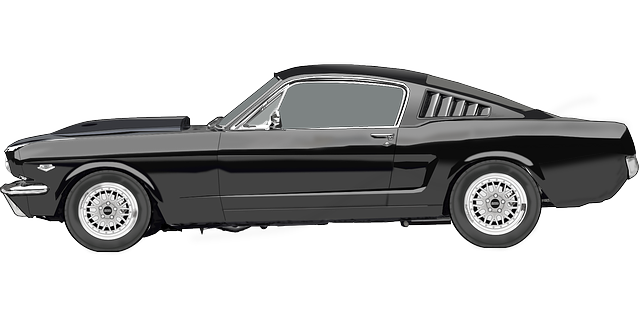
In certain situations, auto glass replacement might be the better option over auto glass repair. This is particularly true when the damage is extensive or located in areas that are hard to access. Cracks that extend across the entire windshield, for instance, often necessitate a full replacement as repairs may not hold or compromise the structural integrity of the vehicle’s safety system. Moreover, if the damaged area is near the edge of the glass, it’s usually more practical and safer to install a new panel rather than attempting intricate repairs.
Additionally, when considering auto maintenance and car body restoration, the age of the vehicle plays a role. Older cars with classic or vintage designs may have original equipment glass that is no longer readily available for repair. In such cases, replacement might be the only feasible option to preserve the vehicle’s historical integrity while ensuring proper auto body repair and safety standards are met.
Auto glass repair offers a cost-effective solution for minor cracks and chips, preserving the integrity of your vehicle’s original equipment. While replacement may be necessary for extensive damage, repairing allows you to extend the life of your windshield and side windows, saving you money in the long run. Understanding the nuances between these two processes empowers drivers to make informed decisions tailored to their specific needs, ensuring safe and reliable driving conditions.
